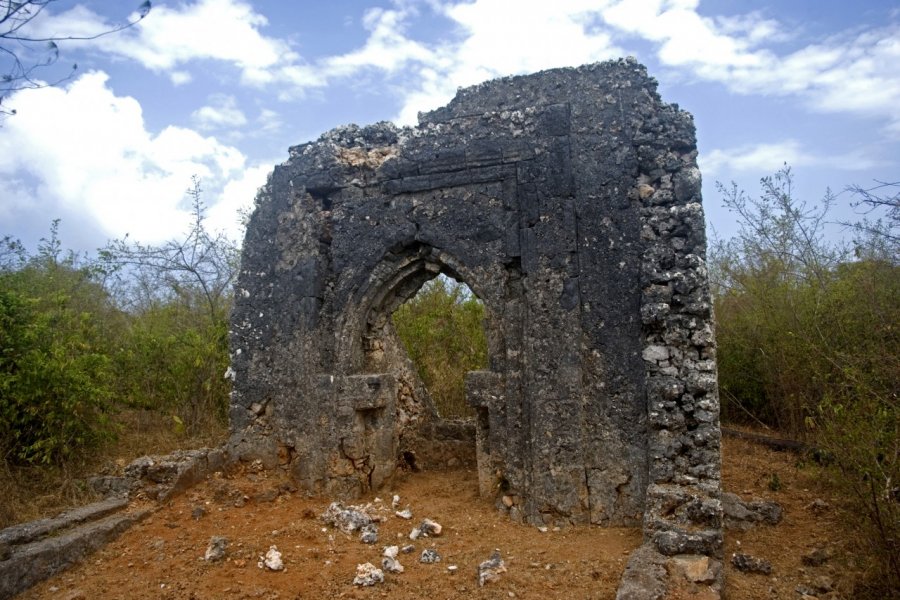Travel Guide Tumbatu Island
Find an accommodation
Advertising
The island of Tumbatu stretches 8 km long and 2 km wide to the north-west of Unguja, just opposite Kendwa and Mkokotoni. It's named after one of the two Bantu ethnic groups who inhabited it from the 10th century onwards, and interbred with the Shirazian Persians who colonized the region at the same time (creating the Swahili culture in the region). Called Watumbatu, this population had elected this small island "capital of the sultans" in the Middle Ages. Planted with a few enormous baobabs, Tumbatu is self-sufficient in electricity thanks to solar panels, and there are no cars on the island, only bicycles to get from one village to the next, via a path built from coral.Today, the island is still inhabited by the descendants of the Shirazian Persians and has a population of around 14,000, divided between two villages: Jongowe and Kichangani. The majority are fishermen who sell their catch at the famous Mkokotoni market on the main island.A word of warning. These very insular inhabitants speak a rural Swahili dialect and are described as hostile to tourists, or at least to the tourist industry which has not been authorized by the Sheha, the village chief. It is forbidden to visit the island without permission. Diving clubs do, however, frequent the coral reefs surrounding the island, and snorkeling is possible, although the reefs on the surface are not easily visible.
Suggested addresses Tumbatu Island
Weather at the moment
Advertising
Organize your trip with our partners Tumbatu Island
Transportation
Book your plane tickets
Car Rental
Boat rental
Accommodation & stays
Find a hotel
Holiday rental
Find your campsite
Tailor-made trip
Immersion travel
Services / On site
Activities & visits
Find a doctor





